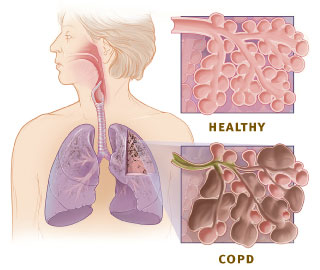Gonorrhoea is caused by a bacterium called Neisseria gonorrhoeae. It
has become resistant to penicillin, tetracycline, quinolones and many more groups
of drugs, finally is being treated with Ceftrixone in combination with
azithromycin.
 |
| Neisseria Gonorrhoeae |
Now, it has been reported that several
cases are not responding to azithromycin and some cases have become resistant
to ceftrixone too.
News of the British
cases comes less than a day after the European Centre for Disease Prevention
and Control (ECDC) reported gonorrhoea rates in Europe had gone up by 79% since
2008, particularly among men. The UK reported 61% of all cases in Europe. It
has risen by 19 per cent in 2014 amongst heterosexuals and a whopping
32 per cent in gay men.
There were almost 35,000 cases of gonorrhoea reported in
England last year. It is the second most common bacterial sexually transmitted
infection in the UK after Chlamydia, with the bacteria transmitted through
discharge from the penis and vagina.
It’s a clever little bug that doesn’t always show symptoms and patients carry
the infection without even realizing it, called carriers.The main causes of resistance to the antibiotics are inadequate/inappropriate treatment and emergence of mutated strains of bacteria.
Hence, it is better to emphasize on prevention than to go for treatment of Drug Resistant Gonorrhoea.
Gonorrhea: Protect Yourself-
According to the recommendations of CDC:
It is critical that individuals protect themselves against infection.
Prevention strategies include:
(1)
Abstinence or mutual monogamy— The
surest way to avoid transmission of
gonorrhea is to abstain from sexual intercourse, or to be in a long-term,
mutually monogamous relationship with a partner who has been tested and is known to be uninfected.
(2)
Condoms— When used consistently and
correctly, condoms can reduce the risk of transmission of gonorrhea.
(3)
Regular screening— Screening for
those at greatest risk is critical. CDC recommends that sexually active gay and
bisexual men and high-risk sexually active women be tested for gonorrhea at
least once a year.
(4)
Prompt and effective treatment—
Anyone who becomes infected should get treated with a ceftriaxone injection and
either azithromycin or doxycycline right away to cure the infection and prevent
transmission to others. Patients receiving a treatment other than dual therapy
that includes ceftriaxone should be tested one week after completing treatment
to confirm that the infection has been cured.
Prevention is better than cure, “A
stitch in time prevents none.”
...
Click here to Subscribe news feed from "Clinicianonnet; so that you do not miss out anything that can be valuable to you !!
...






